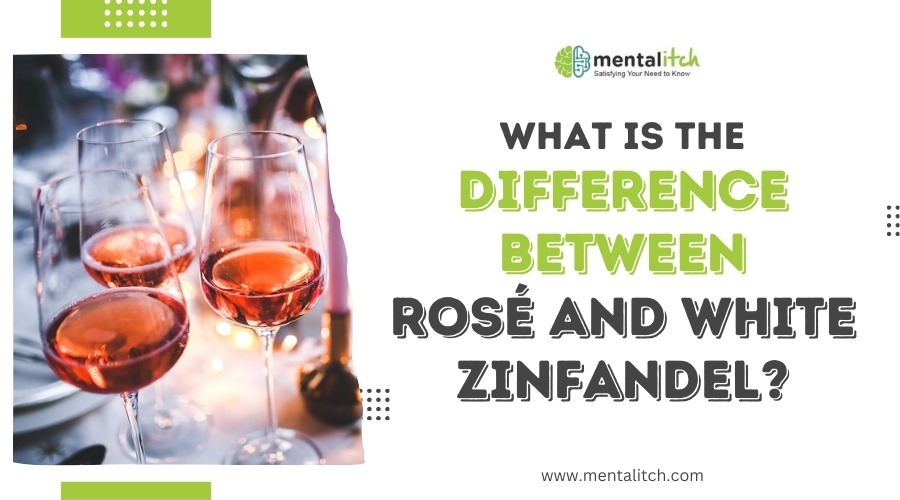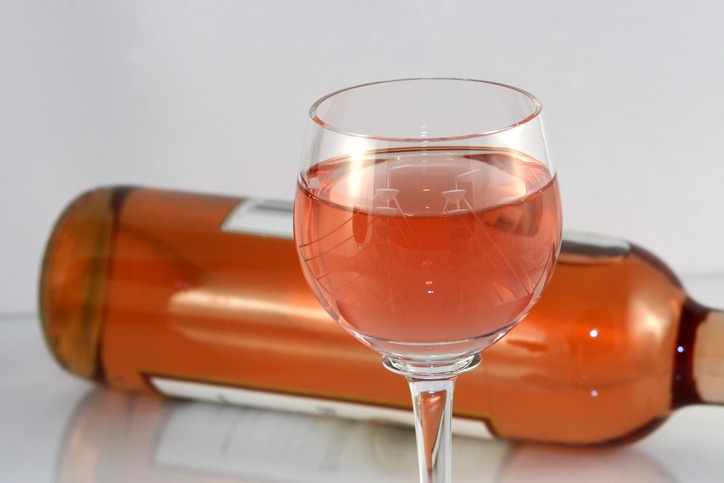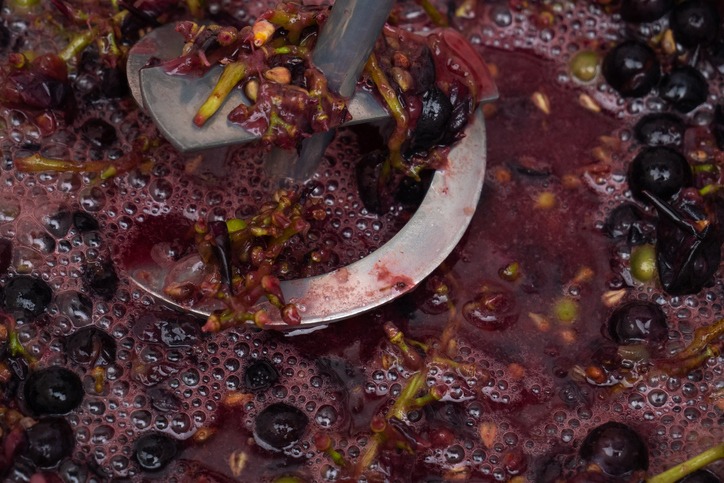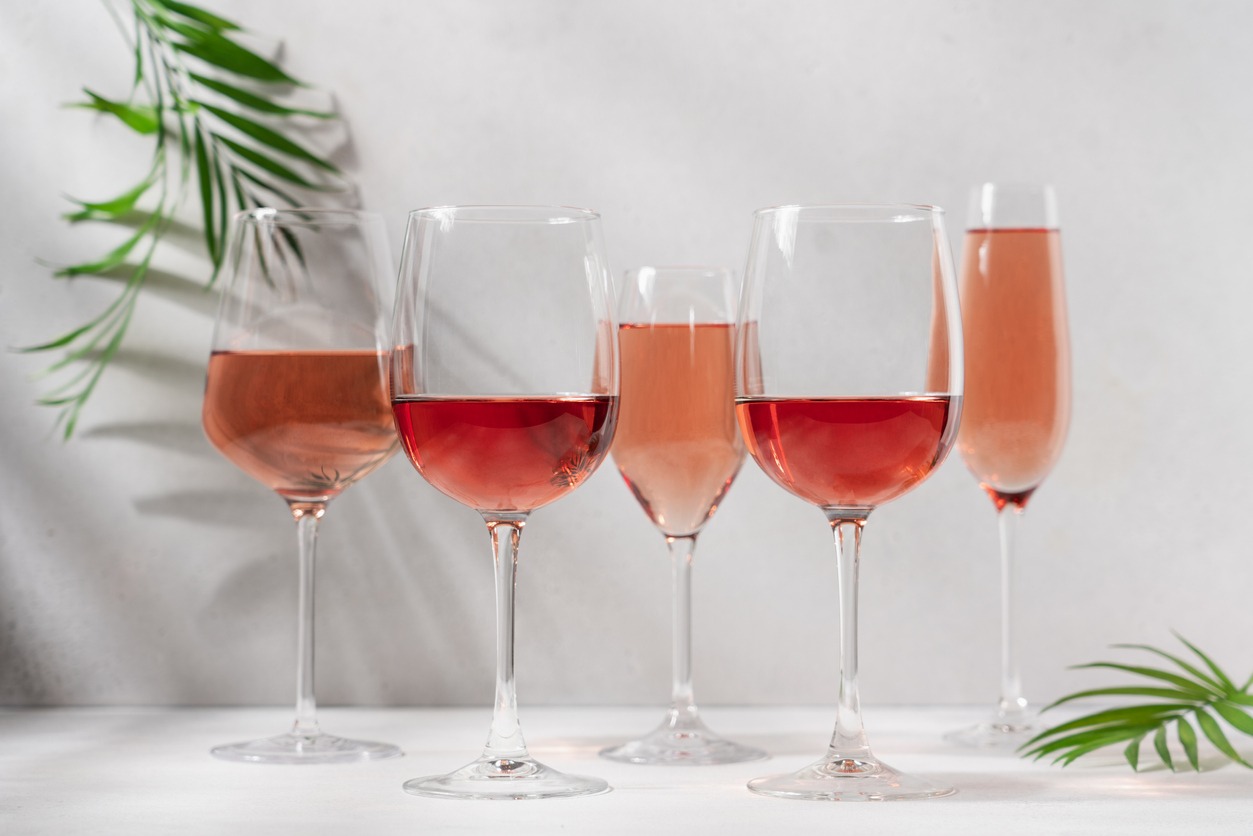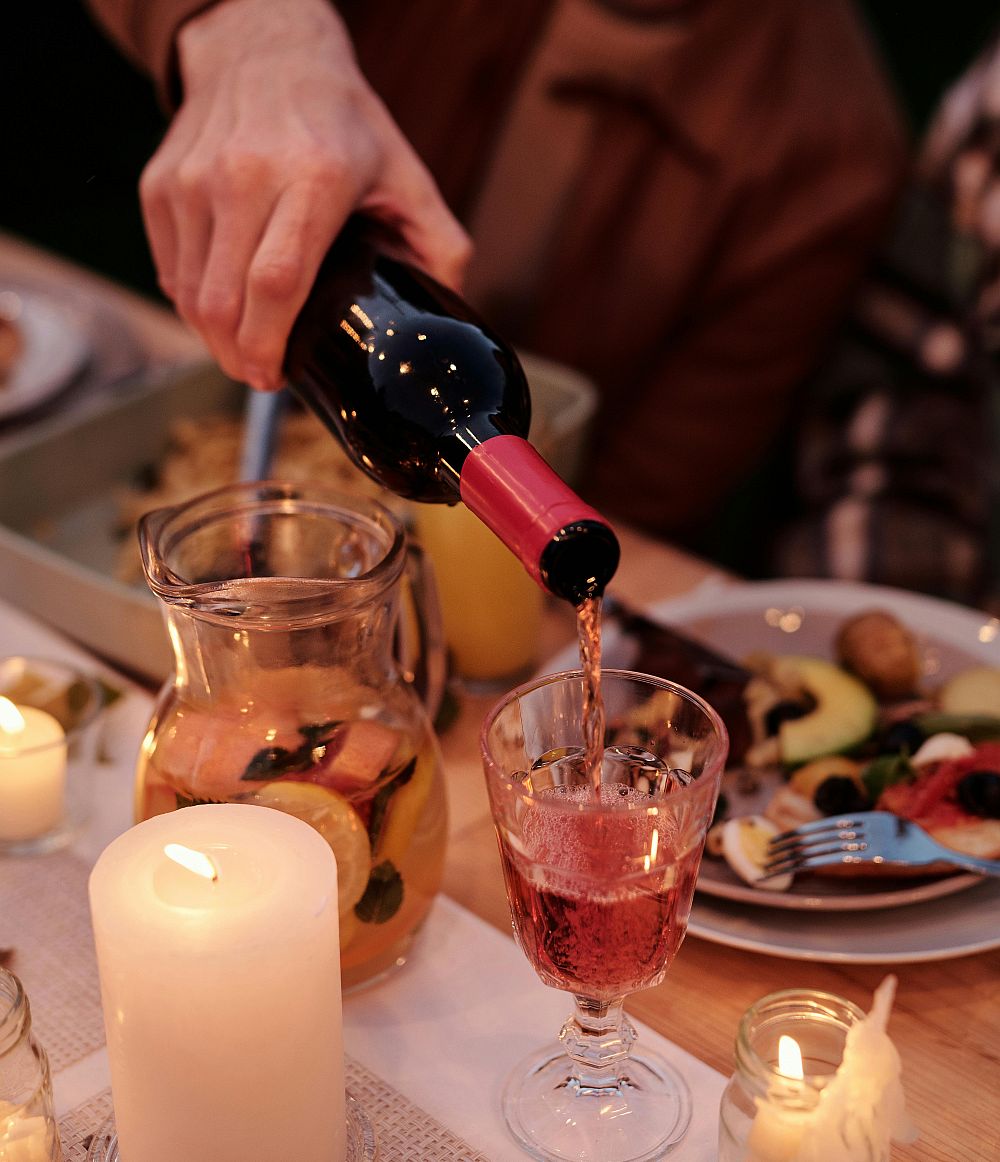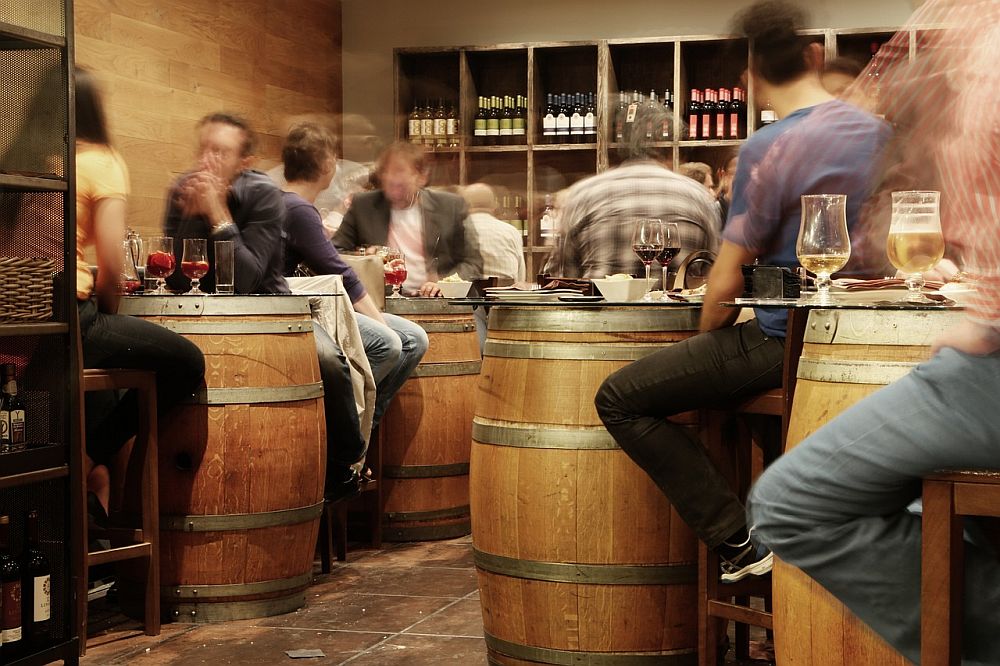In the world of wine, rosé and White Zinfandel present intriguing varietals with distinctive characteristics and histories. Rosé, celebrated for its versatility and enjoyed across the globe, traditionally hails from various wine-producing regions, including France. It is typically produced using a variety of grapes and is known for its wide spectrum of styles, ranging from dry to sweet. The production process for rosé involves allowing the grape skins to remain in contact with the juice for a short period, imparting a color that can range from pale pink to a deeper blush, while ensuring a flavor profile that strikes a balance between red and white wines.
White Zinfandel, on the other hand, shares a more niche popularity, particularly in California where it first emerged. The creation of White Zinfandel was somewhat serendipitous; a fortuitous accident during the wine-making process led to a sweet, pink-hued wine that quickly soared in popularity, especially in the United States. Unlike the diverse grape varieties used for rosé, White Zinfandel is derived solely from the Zinfandel grape. Its sweeter taste profile, often associated with lower alcohol content and a lighter body, contrasts with the typically drier and more nuanced profiles found in rosé wines.
Both wines have gained their own followings, with rosé often associated with sophistication and a staple in social settings from brunches to beach outings. White Zinfandel, while sometimes less revered by connoisseurs, has carved out its own market, appealing to those seeking a sweeter and more accessible wine. Despite their differences, both rosé and White Zinfandel share an undeniable commonality: they have challenged traditional wine categories and have become emblematic of cultural trends and tastes.
Historical Development
In tracing the paths of Rosé and White Zinfandel, their histories unfold to reveal distinct origins and cultural significance. The evolution is marked by an accidental creation and a rise to prominence that reshaped America’s wine landscape.
Origins of Rosé and White Zinfandel
Rosé, with its roots in Europe, has been a part of the winemaking tradition for centuries. Its production methods have varied, but the essence of Rosé is its light pink hue, achieved by the brief contact of grape skins with the juice. White Zinfandel, on the other hand, emerged much later and quite unexpectedly. In 1972, Sutter Home’s winemaker, Bob Trinchero, experienced a “stuck fermentation” while producing a Zinfandel, leading to the creation of a lighter, sweeter pink wine that would eventually be known as White Zinfandel.
Rise to Prominence in California
The surge of White Zinfandel’s popularity can be credited to Sutter Home, a winery in California that capitalized on the happy accident by branding and marketing this new wine. Throughout the 1970s and 1980s, America embraced White Zinfandel, helping it become a household name and introducing more casual consumers to the world of wine. This American innovation offered a counterpoint to the traditional, dryer European Rosé, and it played a significant role in the wine industry’s growth in California.
Winemaking Techniques
The distinction between Rosé and White Zinfandel wines is significantly influenced by the techniques employed in their creation. Winemaking techniques for these wines involve different approaches to grape processing and fermentation which contribute to their unique flavor profiles.
Grape Processing Differences
White Zinfandel and Rosé wines begin with different grape variety choices and processing methods. Rosé wines can be produced using any red grape variety, whereas White Zinfandel is exclusively made with the Zinfandel grape. During the maceration period, the length of time the grape skins are in contact with the juice impacts the wine’s color and tannin content.
- Rosé: Typically involves brief skin contact, often just a few hours to achieve its color.
- White Zinfandel: Traditionally, the Zinfandel grapes undergo a process that is similar but is specific to the grape, resulting in its characteristic pink hue.
Winemakers control the maceration time based on the desired intensity of color and flavor extracted from the skins.
Fermentation Methods
Fermentation is where the winemaking process diverges further for these two types of wine.
- Rosé:
- Often employs the saignée method or direct pressing; both involve fermenting juice with minimal skin contact.
- Winemakers aim for a dry style which includes the complete conversion of sugar to alcohol; although some may leave residual sugar for a slightly sweeter taste.
- White Zinfandel:
- Typically experiences stuck fermentation, a deliberate process where fermentation is stopped before all the sugar converts to alcohol, resulting in a sweeter wine.
- Utilizes cold fermentation techniques to preserve the fruity flavor that the wine is known for.
Each wine’s fermentation process is pivotal in defining its flavor, sweetness, and overall profile.
Characteristics of Rosé vs White Zinfandel
Understanding the characteristics of Rosé and White Zinfandel is essential to distinguish these popular pink wines. Each wine offers a distinct taste, color profile, and varying levels of alcohol and sugar content, which cater to different palates.
Flavor Profiles
Rosé: Typically, Rosé wines exhibit a range of flavors, from crisp and refreshing with notes of red fruit and citrus, to more floral and earthy. The spectrum of Rosé flavors generally leans towards the drier side, although sweet varieties do exist.
White Zinfandel: White Zinfandel is characteristically sweeter and often carries flavor profiles that include candied fruits and citrus. It tends towards a less complex flavor profile, which makes it widely appealing for those who favor a sweeter wine.
Color and Appearance
Rosé: The color of Rosé wines can vary from a pale onion-skin orange to a deeper, rich pink hue. The range in color is due to the varying contact time the grape skins have with the juice.
White Zinfandel: White Zinfandel typically features a consistent pink color that’s more pronounced and can lean toward a salmon or rosé-like appearance. It has a clearer and brighter color compared to some Rosé wines, giving it an attractive visual appeal in the glass.
Alcohol and Sugar Content
Rosé:
- Alcohol: Generally, Rosé wines have an alcohol content between 11-13%.
- Sugar: Rosé varies in sugar content but often has a balanced level that complements its dryness, with dry Rosé having less sugar.
White Zinfandel:
- Alcohol: Slightly lower in alcohol, White Zinfandel tends to have an alcohol content around 9-10%.
- Sugar: It carries higher sugar content, contributing to its characteristic sweetness compared to Rosé.
Culinary Pairings and Serving Suggestions
Selecting the right wine to complement a dish can significantly enhance a dining experience. This section outlines specific food affinities for White Zinfandel and Rosé, as well as their optimal serving temperatures.
Food Affinities
White Zinfandel pairs delightfully with a variety of foods due to its sweeter profile and lower alcohol content. It goes particularly well with:
- Chicken: Grilled or barbecued chicken complements the fruity notes of White Zinfandel.
- Seafood: Lighter seafood dishes, like shrimp or a crab salad, match the wine’s sweetness and acidity.
- Vegetables: Roasted vegetables can harmonize with the wine’s flavor profile.
- Spicy foods: The sweetness of White Zinfandel can balance the heat in spicy dishes.
Rosé, with its diverse styles, generally pairs well with:
- Fish: A crisp Rosé brings out the delicate flavors of baked or poached fish.
- Seafood: Oysters and other shellfish are classic pairings, especially with dryer Rosé varieties.
- Salads: Fresh, garden salads with vinaigrette dressing are a perfect match for the acidity and freshness of Rosé.
Optimal Serving Temperature
Both White Zinfandel and Rosé wines are best enjoyed when served chilled. Here are the specific temperature ranges:
- White Zinfandel: Serve between 45-50°F (7-10°C) to best accentuate its sweet flavors and aromas.
- Rosé: A slightly cooler temperature, usually around 40-45°F (4-7°C), is ideal to enhance its crisp and refreshing qualities.
Consumer Preferences and Market Trends
In examining the trajectory of White Zinfandel and Rosé within the marketplace, one must consider the evolving consumer preferences and the impact of innovative winemakers.
Popularity and Price Points
White Zinfandel, recognized for its signature pinkish hue, has historically catered to a consumer base seeking sweetness and approachability in wine. Often found at a cheap price, it has been a gateway for many into the wider world of wines. Conversely, French Rosé, particularly from regions like Provence, commands a higher price due to its reputation for well-made dry rosés. These wines have gained popularity for their drinkabilityand versatility.
| Wine Type | Average Price Point | Popularity Trend |
|---|---|---|
| White Zinfandel | Affordable | Stable among sweet wine enthusiasts |
| French Rosé | Moderate to Premium | Increasing among consumers preferring dry wines |
The Role of Young Winemakers
Young winemakers have played a pivotal role in shaping contemporary market trends surrounding Rosé and White Zinfandel. They often bring innovative techniques and a fresh perspective to the production process, heavily influencing the popularity of popular wines. Their influence is particularly noted in the creation of complex, nuanced rosés that challenge the traditional norms and appeal to a broad audience with their quality and flavor profiles. As a result, there is a burgeoning respect for Rosé – it’s not just an affordable summersipper but a serious wine that warrants attention year-round.
